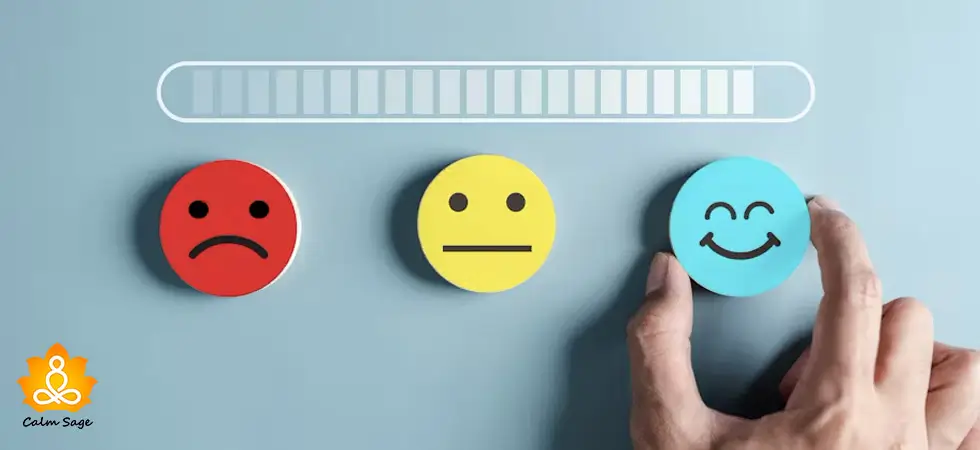Understanding Allostatic Load : Its Impact and Ways To Cope

The allostatic load model states that the stress that you experience on a daily basis and its effects can have a cumulative consequence on your mind and load. That combined load of stress and its consequences was then called the allostatic load.
Can you recall how your body responds to stress? Stress generates a fight & flight response when you face a challenging situation. This response then generates some hormones like catecholamines and glucocorticoids which help you in maintaining homeostasis and letting your body adapt to stressful situations.
Now, that seems like a good thing, right? But if your body and mind frequently generate this stress response, it’s going to have a toll on your mental as well as physical well-being.
Therefore, when you’re under chronic stress for a prolonged period it can manifest into an allostatic load.
Let’s understand the allostatic load better…
What Is an Allostatic Load?

Allostatic load is “the wear and tear on the body” which accumulates when an individual is exposed to repeated or constant chronic stress. Allostatic load is the cumulative effect that severe and constant experience of stress can have on your mental and physical health.
In simple words, when an individual has already been under stress and anxiety for a long time and has lost the capacity to cope any longer, allostatic load occurs in the body. Not only your brain but your body feels extremely tired and exhausted too.
The term allostatic load was first introduced by Bruce McEwen (neuroendocrinologist) and Eliot Stellar (psychologist) in the year 1993. The famous explanation they had of the allostatic load is that it is the price people pay for being able to adapt to stressful situations.
Also Read: Diathesis-Stress Model: Uses & How It Works
How does Allostatic Load affect the body?
The allostatic load can have a huge impact on your mind as well as the body. You can easily see the damage that the allostatic load does to your mental and physical health. Let’s look at some of the severe impacts that allostatic load has on us;
- Cardiovascular disease, as the allostatic load increases blood pressure and hardens arteries
- Diabetes, according to research people with diabetes tend to have a higher allostatic load
- Cancer, a survey found that people with higher allostatic load and increased cortisol levels are more likely to develop cancer, especially breast cancer
- Mental health effects and increased allostatic load can lead to an increased risk for anxiety, mood disorders, depression, etc.
- Post-traumatic stress disorder, early experiences such as neglect, abuse, trauma, etc. play a part in increasing the allostatic load as people age resulting in PTSD
When our allostatic load continues to increase, we find ourselves failing with coping with even short-lived challenges. Our threshold to being adaptive to stress and anxiety reduces to a significant level.
The allostatic load can completely weigh you down mentally and physically. Your body starts to react differently because of being constantly exposed to chronic trauma. And that exposure exhausts your coping abilities and manifests into severe mental and physical health conditions.
Tips for Managing Allostatic Load

Allostatic load completely depends on the intensity of stress you deal with, the amount of time you deal with stress, and how you choose to deal with stress. Therefore, stress plays the most important role in increasing allostatic load. To manage allostatic load, one needs to learn some stress management strategies.
Let’s look at a few things that you can do to manage allostatic load;
1. Change How You Interpret Situations: allostatic load occurs when your body produces the fight-and-flight response very frequently. Therefore, if you filter the situations and do not consider everything as a threat, you can reduce the frequency of the stress response.
2. Engage in Regular Physical Activity: exercising regularly can have a good impact on your mental health. According to studies, regular physical activity can reduce stress levels in an individual. So, to manage your allostatic load, engage in regular physical activity.
3. Utilize Effective Relaxation Techniques: allostatic load continues to increase if you fail to relax after facing a stressful situation. It is important to make use of relaxation techniques so that you can calm down after being in a challenging situation as soon as possible.
4. Build Supportive & Healthy Relationships: having social support is very important because it makes you find support to hold on to someone especially when you are sinking in a stressful situation.
That’s All Folks!
I hope you found this blog about allostatic load helpful, interesting, and informative. You must understand that stress can affect you in a lot more ways than you think.
Being under chronic stress for a prolonged period can lead to an allostatic load therefore, keep that stress managed.
Thanks for reading.
Take care and stay safe.




















